Takka: varieties and home care
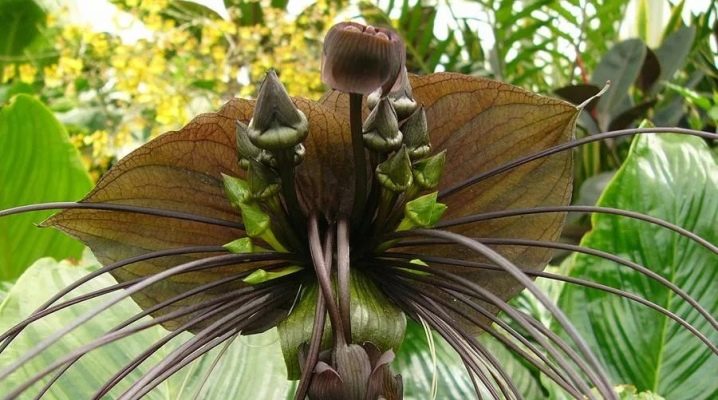
Exotic crops have always been in demand among professional flower growers and lovers of unusual flora. Takka refers to crops that attract flower growers with their flowering, in addition, such a flower is quite possible to grow at home, which significantly increases its popularity.
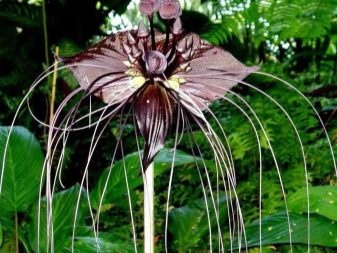
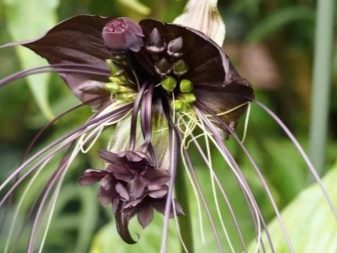
Description
Many cultures, in addition to the main botanical name, have several other names that are used in everyday life among florists and gardeners. Takka Shantrye is just such a plant, as it was also nicknamed "black lily", "bat", "devil's flower". The presence of such peculiar names is due to the external features of the culture in the flowering phase.
Takka blooms with flowers of unusual shape and appearance, painted in dark shades of cherry, gray, brown, and even green colors, however, a similar color is perceived as black. The very structure of the bud is also peculiar and unusual. During the flowering period, long peduncles begin to grow among the green leaves of the culture, on which umbrellas with threadlike appendages subsequently appear.
Some growers find the visual similarity of takka with a lily or an orchid, however, these are completely different plants, since the “devil's flower” belongs to the Dioskorean family, and in the Takka genus of the same name there are only 15 species of exotic crops.
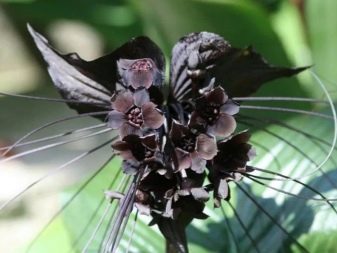
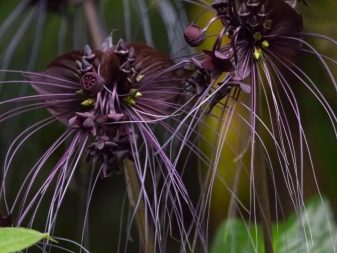
Takka is a herbaceous perennial with a creeping tuberous rhizome. On the plant, basal leaves are formed on elongated petioles; in some species, their length can reach one meter. In its natural environment, the culture is found in Asian countries, in the south of China, in Thailand. A perennial is capable of throwing flowers all year round. Umbellate inflorescences are bisexual, surrounded by four leaves of different sizes. The perianth is divided into six parts, which are arranged in several tiers.
The flowering period of the plant is from June to December. After flowering, takka forms a fruit that is a poisonous capsule.
The culture requires high humidity, as well as nutritious soil; in the wild, the above-ground part of a flower during a sultry period completely dies off, and with the arrival of the rainy season, the plant again takes on an attractive appearance.
Large leaves of takka are actively used in folk medicine by the indigenous population of the homeland of culture. In Europe, "black lily" is usually grown as an exotic crop in winter gardens and greenhouses.
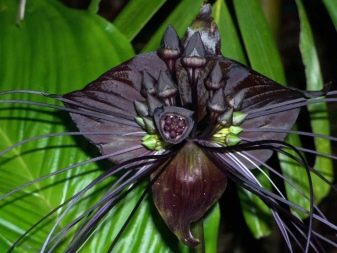
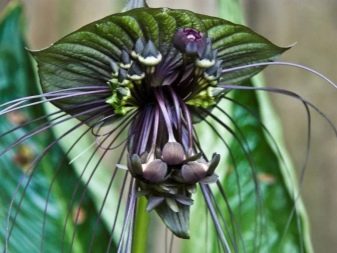
Varieties
Today, several types of perennials are cultivated.
- Periston cut. Among other crops, the plant stands out for its impressive size. It can reach a height of 2-3 meters in the presence of expressive and large foliage. The green mass grows in length up to 50-70 centimeters. The flowers of the takka are green-purple, the bracts are rather long, with a pointed shape. The plant bears fruit with berries.
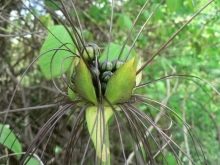
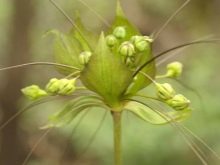
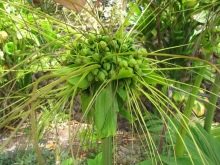
- Whole-leaved. The whole-leaved "black lily" is remarkable for its smooth large leaves. The flowers hide white blankets, while the color of the petals themselves is purple, dark gray, and even purple. Bracts are very thin, but their width can be up to half a meter. The plant also bears fruit with berries.
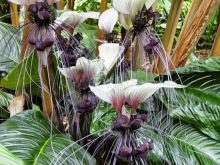
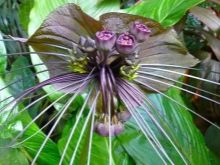
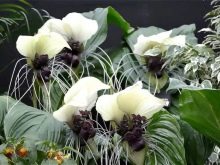
- Chantrye... An evergreen crop reaching a height of 100-120 centimeters. The green mass is quite large, with peculiar folds at the base, foliage is formed on petioles.The plant stands out for its abundant flowering, since the perennial can grow up to two dozen bizarre flowers bordered with brown or burgundy bracts.
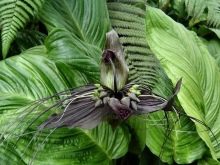
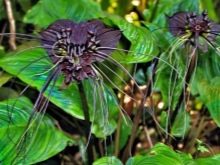
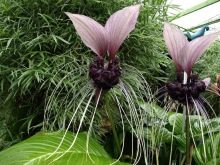
Home care
To grow a beautiful and blooming culture, growers are advised to take into account some of the features of the content of the takka.
Placement of culture
In rooms for perennials, it is better to select places in partial shade, avoiding contact of the flower with direct sunlight. If you plan to grow takki on the windowsill, then it will be more correct to select windows facing east or west.

Air temperature
Since a perennial is a tropical plant, it needs to provide a certain microclimate for growth and flowering. In summer, for a flower, the temperature must be maintained in the range from +18 to +30 degrees.
With the arrival of autumn, it is recommended to lower the indicators to +20 degrees, avoiding significant fluctuations and deviations. It is important for a flower to prevent hypothermia, which for a culture is a temperature below +18.
It is important to ventilate the black lily area, however, drafts are best avoided.
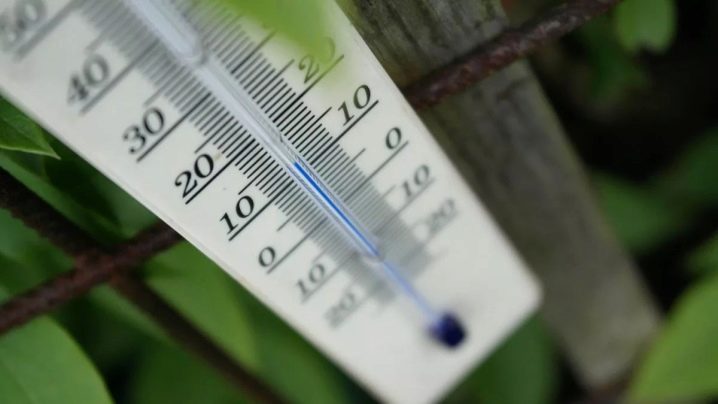
Air humidity
A tropical plant will need to maintain a high level of humidity in the room; for this, the grower should regularly spray the crop or use household humidifiers. As an effective option for maintaining an optimal humidity level, you can consider placing a flower pot in a large tray with wet expanded clay or moss.
As an obligatory measure for the care of the takka, the flower will be provided with a night steam bath. The essence of the humidification method is to place the plant in a closed room filled with steam.

Watering
In the summer of "black lily" it is recommended to provide abundant moisture, the top layer of soil in the pot must be constantly moist. In the fall, you can slightly reduce watering, and as for the winter months, during this period the soil can be allowed to dry out by one third of the total volume.
For humidification, it is necessary to use settled water at room temperature.
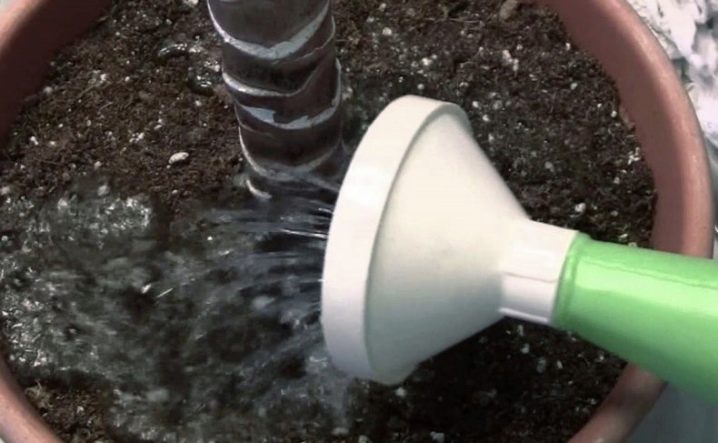
Priming
A suitable soil for takka is a loose, well-aerated substrate. For growing a flower, you can use a ready-made mixture for orchids, which is sold in garden and flower shops. You can also prepare a soil mixture for a tropical perennial yourself. For these purposes, it will be enough to combine one part of peat and leaf land with half of the sand and sod land.
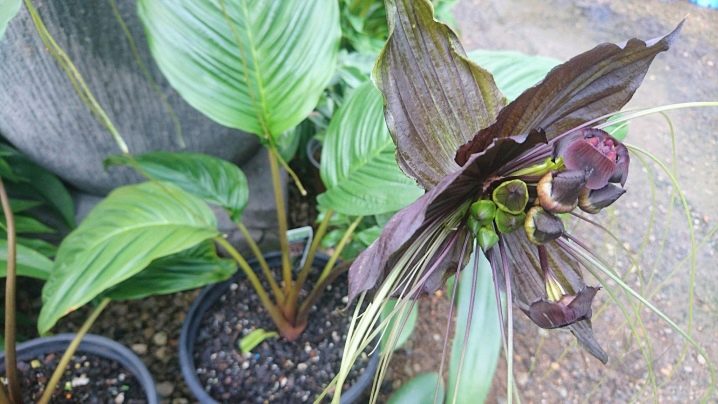
Top dressing
The flower will need fertilization from spring to mid-autumn. It is best to feed the crop once every 14 days. In winter, it is best to refuse fertilization of the crop. For takka, you can use the formulations recommended for flowering indoor plants.
Transplant and pruning
There will be no need to transplant a flower into a new container every year. It will be necessary to replace the pot with a container of a larger size only when the root system of the plant completely fills its volume. Transplanting works are carried out in the spring. You do not need to trim the leaves from the takka, only a faded peduncle is subject to removal, otherwise you can spoil the appearance of the culture.
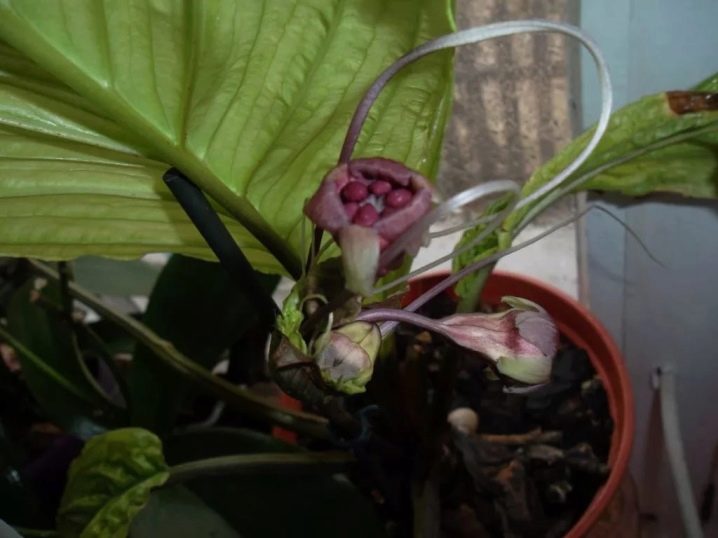
Rest phase
The plant enters a dormant phase in winter. During this period, watering is reduced, and the air temperature in the room is maintained at +20 degrees. Recommended spray the flower weeklyto maintain a suitable humidity level for the takka.
Reproduction methods
To get a new culture at home, flower growers can use two effective methods:
- growing a flower from seeds;
- division of the rhizome.
The latter option is more popular, since it allows you to get a new plant many times easier and faster. The essence of the process consists in dividing the root, followed by planting its parts in separate containers.It is divided with a sharp disinfected knife in order to injure the culture as little as possible. After separating the required number of parts, the cut sites on the parent culture should be sprinkled with charcoal or treated with a fungicide.
The separated fragments are left to dry for a couple of days indoors, after which they are planted in pots. Further care of crops does not differ from similar activities carried out with an adult flower.
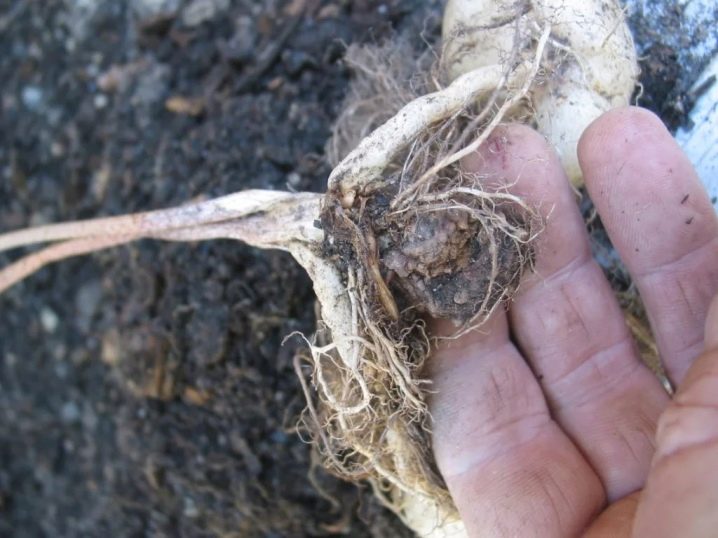
To grow takka from seeds, you need to collect planting material from the fruit until it is fully ripe, or purchase it in a store. Before planting, it should be rinsed and dried well. For processing, it is more correct to use a weak solution of potassium permanganate. After that, the seeds are rooted in a nutritious substrate, and germinate at a temperature not lower than +30 degrees.
The optimal composition for growing a tropical perennial will be leafy ground mixed with sand in equal proportions. Seeds should be deepened into the ground no more than 1-1.5 centimeters, with mandatory drainage at the bottom of the pot. You can expect the first shoots in 4-6 months. During this period, it is necessary to provide the seeds with warmth, without temperature changes, and also avoid excessive moisture. Fortified young plants can be transplanted into separate pots.

Pests and diseases
In summer, spider mites are especially dangerous for takki. The pest itself is quite difficult to consider in culture, however, a spider web on the green mass of the plant will become signs of its presence. As a preventative measure to reduce the risk of an insect on the flower, the grower should regularly spray the takka with warm water. Or, maintain high humidity in the room in another accessible way. It will be possible to destroy insect pests with acaricidal preparations.
Among the ailments that can affect the "black lily", the most common one can be distinguished - root rot. Such situations arise due to excessive moisture in the plant. In this case, you need to remove the plant from the pot in which it grows, separate the affected areas of the rhizome, and additionally treat the cut sites with fungicidal compounds.
It is recommended to plant the culture after all procedures in a new soil and a disinfected pot.
Takka care can be seen in the following video.







































































































The comment was sent successfully.